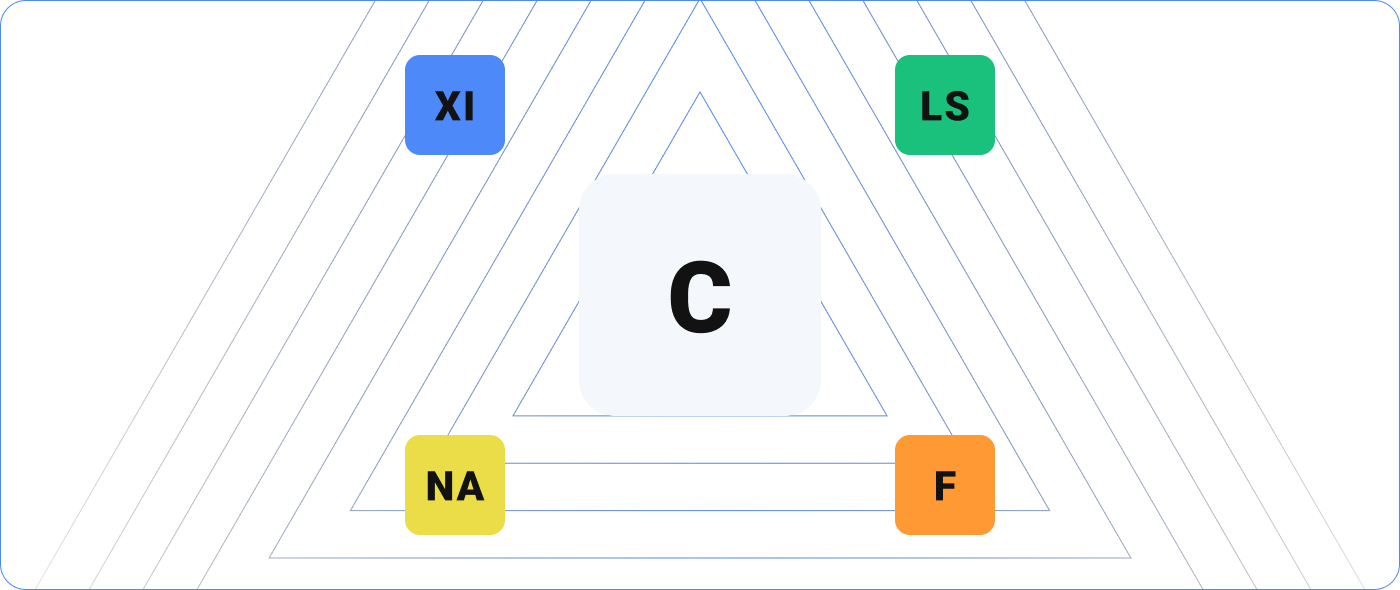What is Network Monitoring?
Brand new to IT network monitoring? Get a broad overview of networking and network monitoring that will give you the foundational knowledge to start building your own monitoring plan. Along the way, we’ll link to more in-depth resources so you can dig further.
Introduction
Using a network monitoring solution gives you control over your organization’s technology as well as valuable information to help you act quickly if something goes wrong. It watches your whole IT environment, sending you alerts if something is not working correctly. It can even predict when problems may occur. Let’s review the basics of computer networking first and then get into more detail about monitoring.
- What is a Network?
- What is Network Monitoring?
- Why Should You Monitor Your Network?
- What Can Be Monitored?
- Finding a Network Monitoring Solution
What is a Network?
All organizations rely on technology, and in today’s world, technology is becoming more and more connected. Your network might include servers, modems, routers, switches, computers, tablets, all the cords or plugs that connect them, and many other examples. In addition to physical devices, organizations also have internet service providers and local and cloud applications to manage. And, depending on the size of your organization, your network might span one location or many.
These networks can quickly become large, complex, and difficult to maintain. This is where network monitoring comes in.
What is Network Monitoring?
Network monitoring is the process that collects data from a wide range of devices and services and presents it in a useful way.
There are countless scenarios where network monitoring is helpful and even critical to your business operations. Imagine you’re out to lunch with your coworkers, and the power goes out in your server room, affecting all your coworkers’ abilities to do their jobs. You return to the office to find a disaster already in progress and an angry boss wondering how you could let this happen. Or, for a less extreme example, imagine you realize you have a faulty connection somewhere in your network. Without a network monitoring system in place, you have to waste time walking around to every connection point and wiggling wires, hoping to eventually find the problem.
Why You Should Monitor Your Network
Most system administrators need to juggle many responsibilities, and no matter the size of their networks, monitoring them without software is time-consuming and incomplete and can lead to costly, avoidable disasters. Using customizable software makes network monitoring a realistic task for busy people by compiling the most relevant information in a way that is easy to access and understand.
To effectively maintain an IT environment, an administrator or team can proactively monitor information and make changes as needed. You can also be notified automatically when a problem is likely to occur or has already occurred. Collecting this information manually would take many working hours and would not provide the context needed to effectively diagnose and prevent issues. With network monitoring software, administrators can quickly see the relevant data they need in real time and immediately gain valuable understanding.
Related reading: Four Pillars of Developing an Application Monitoring Strategy
What Can Be Monitored?
Now that we have gone over what network monitoring is, you might be asking yourself what you can monitor. Each IT environment might require different data to be monitored, and flexible software solutions can monitor just about anything. Common examples include internet bandwidth, servers, cloud applications, your company’s website, and networking devices like modems, routers, and switches. But there is no need to stop with the basics; with the right software, you can monitor anything with an IP address, even in complex environments.
Related reading: 8 Things You Should Be Monitoring
Some issues may only affect internal operations, but some may also interfere with how the outside world interacts with your company. For example, avoiding disasters in your environment means you can ensure visitors can quickly and reliably get to your company’s website. A malfunctioning website can lead to lost business or broken service level agreements, so monitoring your website is extremely important.
Related reading: How to Reduce Downtime with Server Monitoring Software
With a centralized solution, administrators can quickly see data from all your devices in one place. Armed with real-time information, you can:
- Avoid disasters by predicting when an occurrence might become a larger issue
- Receive alerts for urgent issues that need your attention
- Make well-rounded business decisions
- Keep an eye on suspicious activity within your environment
Finding a Network Monitoring Solution
Now that you know more about the value of a monitoring solution, you can start seeing the benefits as soon as you deploy it. You will want to find one that meets your needs and budget. Free options exist, and paid options often come with a free trial period before you need to make a commitment.


